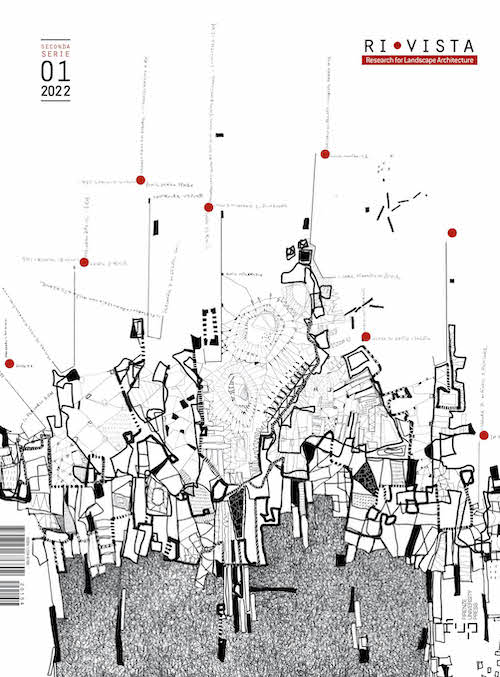In bilico tra cielo e terra. Significati e simbologie delle passeggiate montane nei secoli della modernità
Published 2022-07-01
Keywords
- Der Spaziergang,
- mountain landscape,
- expression of Nature,
- romantic walks,
- wanderer
How to Cite
Abstract
The walk is an effective device for understanding the evolution of the modern relationship between man and nature. The “Walking”, or rather climb along the alpine paths, tells of man’s need for space-time exploration of the surrounding reality. From Petrarca to Josias Simler and Albrecht von Haller, this dimension has been rendered with ever greater scientific attention. In the hallerian model of Brun’s paradise, and even more in the steps taken by Goethe along his travels, are insinuated the conditions for the development of an aesthetic approach to the mountain landscape, often described as a fraught reality, wrapped in a veil of inscrutability, within which the poet-traveler moves. It is precisely from these romantic impulses that American Nature Writing developed an innovative approach in the second half of the nineteenth century, aimed at capturing Nature in its essence. A pre-ecological reading that, with John Muir, will lead to the first actions to protect the landscape.






